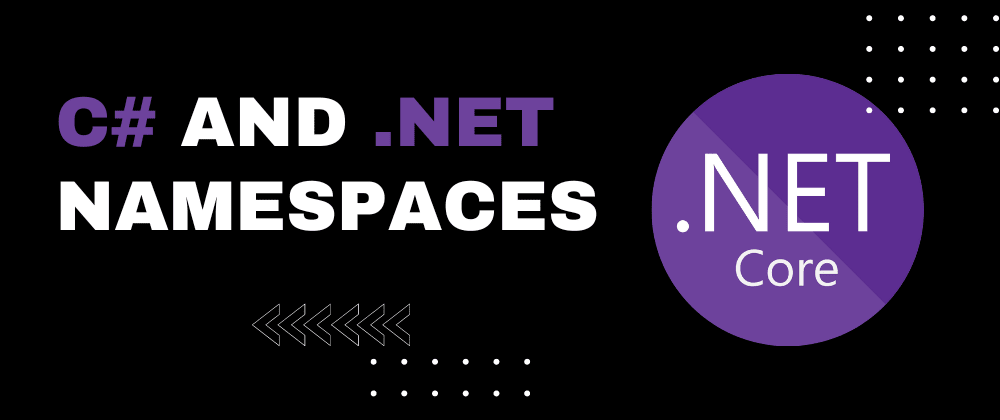Namespaces play a crucial role in organizing code within software projects, providing a structured hierarchy that helps developers manage complexity and avoid naming conflicts. Properly naming namespaces is essential for creating clear and maintainable codebases. In this article, we will explore the best practices for naming namespaces based on established guidelines.
Namespace Naming Template
When naming namespaces, the primary goal is to ensure that the namespace's purpose is immediately apparent to developers using the framework. To achieve this, Microsoft's Framework Design Guidelines offer a naming template:
<Company>.(<Product>|<Technology>)[.<Feature>][.<Subnamespace>]
Here's a breakdown of the components:
<Company>: Prefix the namespace name with the company's name. This helps prevent clashes between namespaces from different organizations.(<Product>|<Technology>): At the second level, use a stable and version-independent product or technology name. This provides context about the domain of the namespace.[.<Feature>]: Optionally, include a feature name to further clarify the purpose of the namespace.[.<Subnamespace>]: For additional organization, use subnamespaces to group related functionalities.Use PascalCasing for namespace names
For instance, consider the following examples:
Fabrikam.Math
Litware.Security
Dos and Don'ts
Do prefix namespace names with a company name to avoid conflicts between namespaces from different companies.
Do use a stable, version-independent product or technology name at the second level of the namespace.
Don't base namespace names on organizational hierarchies, as they tend to change frequently. Instead, organize namespaces around related technologies.
**Do **use PascalCasing and separate namespace components with periods (e.g., Microsoft.Office.PowerPoint).
Consider using plural namespace names where appropriate, except for brand names and acronyms. For example, prefer
System.CollectionsoverSystem.Collection.Don't use the same name for a namespace and a type within that namespace to avoid conflicts.
Don't introduce generic type names like Element, Node, Log, and Message. Qualify generic type names to avoid conflicts (e.g., FormElement, XmlNode).
Namespace and Type Name Conflicts
Don't use the same name for types in namespaces within a single application model. This ensures clarity and avoids confusion.
Don't give types names that conflict with Core namespaces (e.g.,
Streamconflicting withSystem.IO.Stream).Don't introduce type name conflicts within a single technology namespace group.
Avoid conflicts between types in technology namespaces and application model namespaces unless intended.
Conclusion
Choosing appropriate names for namespaces is a critical aspect of maintaining a well-organized and easily understandable codebase. By adhering to these best practices, you can enhance code clarity, prevent conflicts, and make the development process smoother. Following these guidelines will lead to a more efficient and maintainable codebase in the long run.
I hope this blog post has been helpful. If you have any questions, please feel free to leave a comment below.
(Portions of this article are from "Framework Design Guidelines: Conventions, Idioms, and Patterns for Reusable .NET Libraries, 2nd Edition" by Krzysztof Cwalina and Brad Abrams, published Oct 22, 2008, by Addison-Wesley Professional.)







Top comments (0)